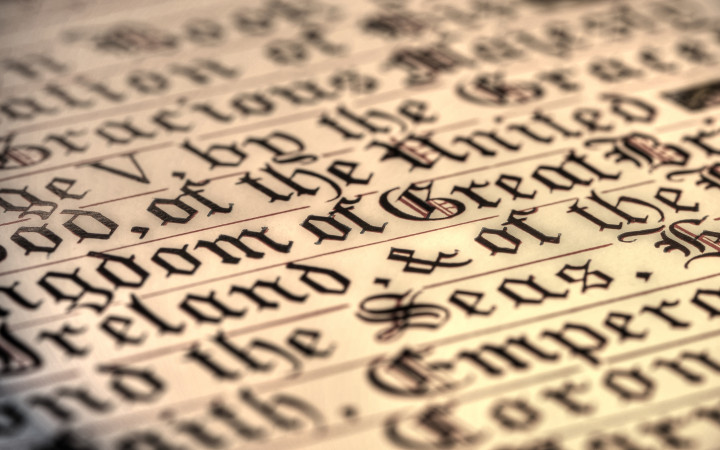Today’s Wonder of the Day was inspired by Bob. Bob Wonders, “what is the pangram theory” Thanks for WONDERing with us, Bob!
The quick brown fox jumps over a lazy dog. The five boxing wizards jump quickly. Jaded zombies acted quaintly but kept driving their oxen forward. A mad boxer shot a quick, gloved jab to the jaw of his dizzy opponent! Have we lost it? No, we’re just writing in pangrams!
A pangram is a sentence that uses every letter in the alphabet. The name comes from two Greek root words. “Pan” means “all,” and “gram” means “something written.” Together, they mean all written letters!
Could you write a pangram? It might sound easy. However, you can’t throw just any words together! A pangram has to be a full sentence. That means it needs to include a subject and a predicate. As a reminder, a subject is the noun a sentence is about. The predicate tells us something about the subject. A pangram needs both to be a full sentence.
A “perfect pangram” uses each letter from the alphabet only once. Did you know every language has its own alphabet? That means the lengths of perfect pangrams vary by language. For example, a perfect pangram in Khmer (spoken in Cambodia) will have 74 letters. One in Rotokas (spoken in Papua New Guinea) has only twelve letters. In English, a perfect pangram uses twenty-six letters. They’re pretty tricky to write--we tried!
Perfect pangrams are also hard to understand. Many of them use abbreviations. Readers often need the perfect pangram’s author to explain what it means. Try reading, “Glum Schwartzkopf vex’d by NJ IQ.” How about, “Mr. Jock, TV quiz Ph.D., bags few lynx”? See what we mean? Both sentences are perfect pangrams, but they don’t make much sense.
Many people write pangrams for fun. It’s a lot like solving a puzzle. Pangram writers have to find where each letter can fit in the sentence. It helps to start with a list of words that contain rarely used letters like j, x, and z. Then, they add words with more common letters. Once the writer has a complete sentence, they check for each letter of the alphabet. With all letters present, the pangram is complete!
Some people also use pangrams in their work. People once used pangrams to make sure each key of a typewriter worked correctly. Today, designers use them to see what each letter of a font will look like before using it. Pangrams are also useful for children practicing handwriting and for calligraphers trying a new style. Pangrams are useful in many ways!
Are you ready to write your own pangrams? Sit down and get started! It takes creativity and may be difficult at first. Like any new skill, writing pangrams gets easier with practice.
Standards: CCRA.L.3, CCRA.L.6, CCRA.R.1, CCRA.R.2, CCRA.R.10, CCRA.W.2, CCRA.W.4, CCRA.W.9, CCRA.SL.2




